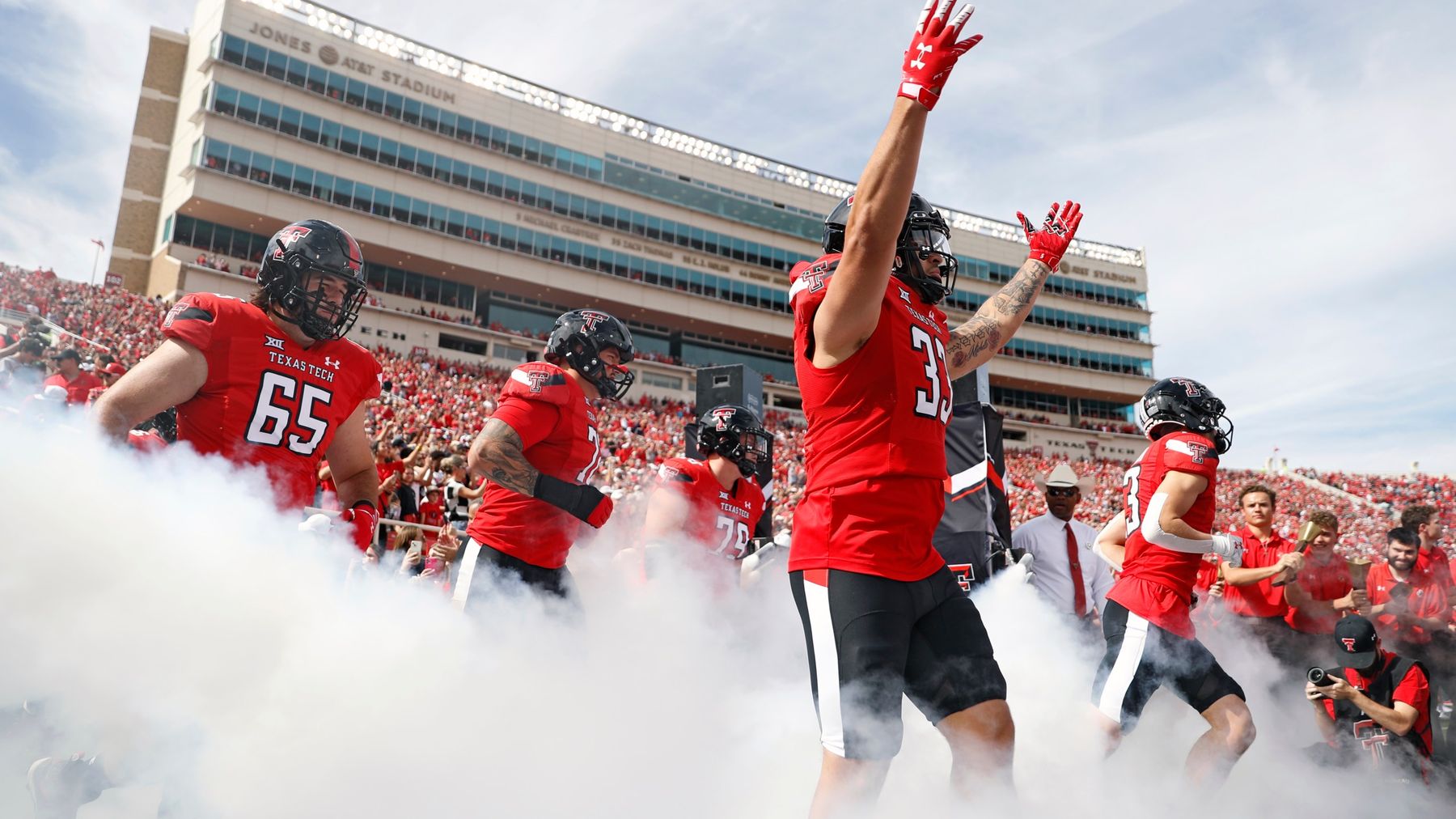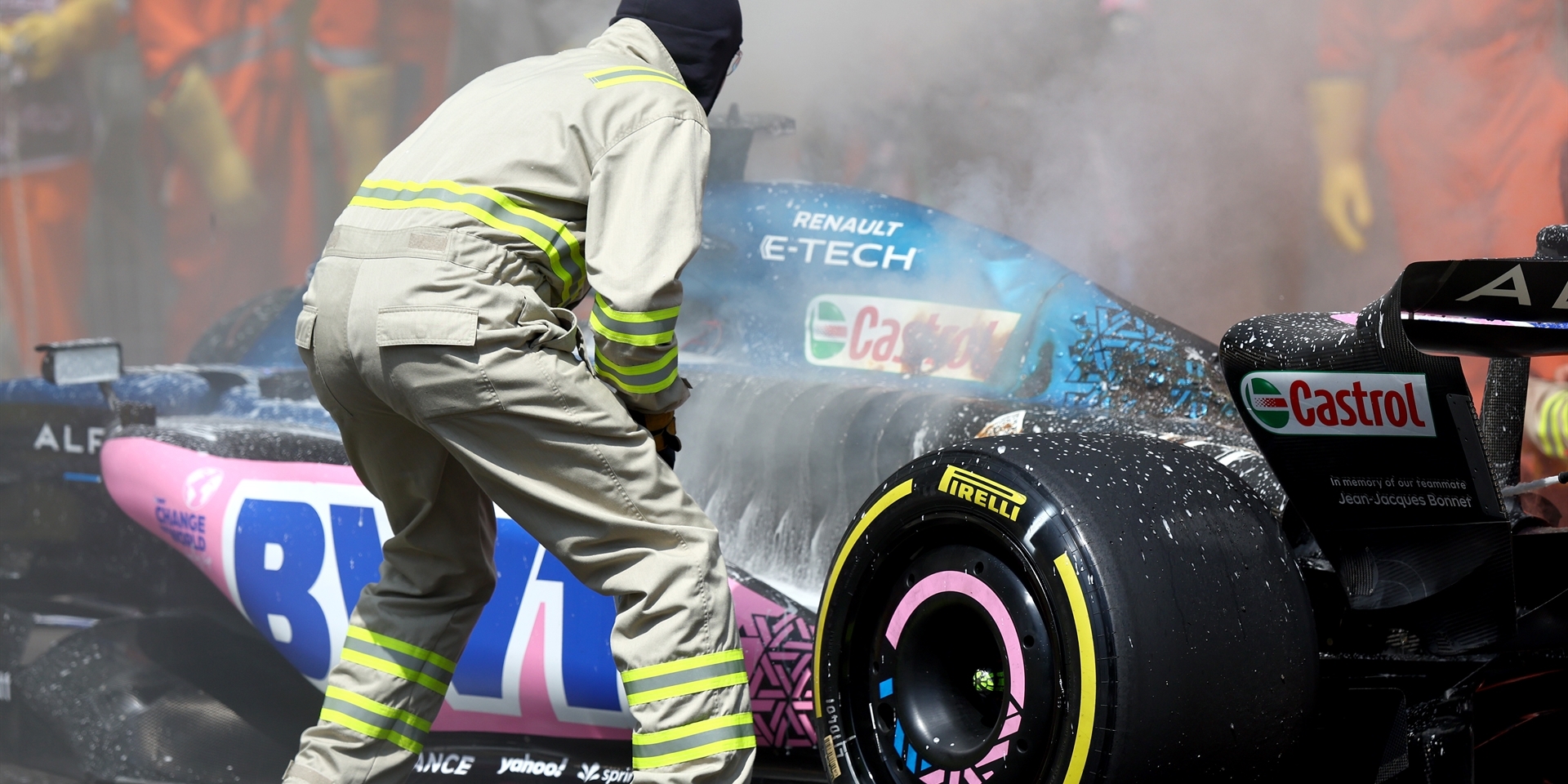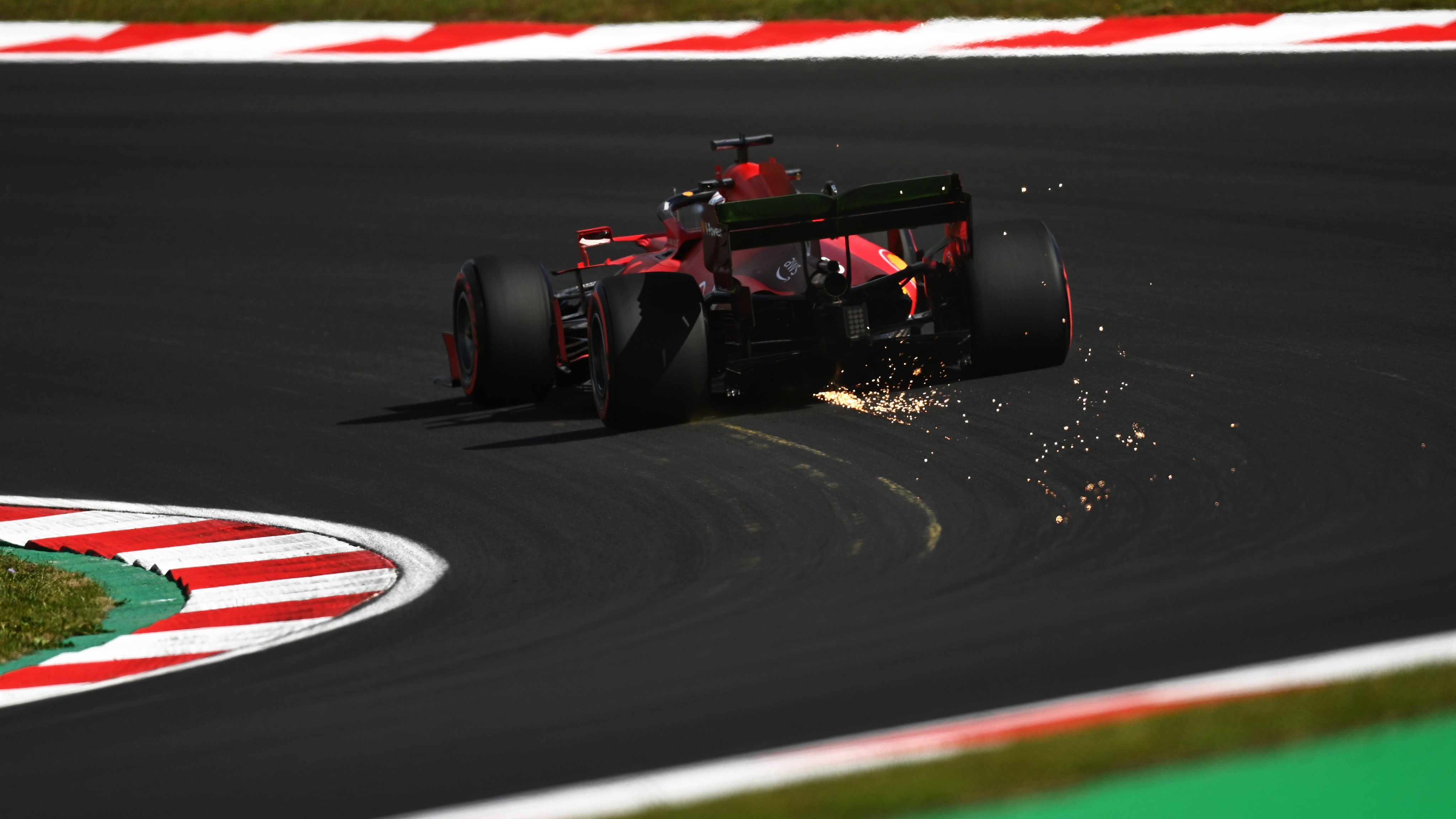Deciphering The Hells Angels: Facts And Misconceptions

Table of Contents
The Hells Angels' History and Origins
The Hells Angels Motorcycle Club's story begins in 1948, in San Bernardino, California. Founded by a group of World War II veterans, its initial activities were far less sinister than its later reputation would suggest. Early years focused on motorcycle racing, social gatherings, and the camaraderie of brotherhood. However, the club's evolution over the decades has been marked by a gradual shift towards a more outlaw image, involving itself in increasingly criminal activities. This transition wasn't overnight; it was a gradual process influenced by various internal and external factors.
- Founding Location and Initial Members: San Bernardino, California; the initial members were primarily veterans seeking camaraderie and a shared passion for motorcycles.
- Early Activities: Motorcycle racing, bar gatherings, and social events defined the club's early years.
- Gradual Shift Towards an Outlaw Image: The 1950s and onwards saw the club become more involved in criminal activities, leading to increased conflict with law enforcement.
- Expansion Across the Globe and Formation of Chapters: From its California roots, the Hells Angels expanded nationally and internationally, establishing numerous chapters across the globe. This expansion contributed to both the growth of its power and the complexity of its organizational structure.
The Hells Angels' Structure and Hierarchy
The Hells Angels are known for their highly structured and hierarchical organization. This rigid structure ensures control and loyalty within the club. The hierarchy starts with "prospects," individuals undergoing a probationary period before achieving full membership. Once accepted, members progress through various ranks, each with its own responsibilities and authority. The "patches" worn by members are highly significant, representing their rank and affiliation with a specific chapter. These patches are not mere accessories; they are symbols of identity and a commitment to the club's often-violent code.
- Roles and Responsibilities of Different Ranks: Ranks range from the lowly prospect to the powerful leadership within chapters and the overarching national organization.
- The Importance of Loyalty and Obedience: Loyalty and unwavering obedience are crucial elements within the Hells Angels' code. Betrayal carries severe consequences.
- Membership Initiation Process and Requirements: Becoming a full-fledged member involves a rigorous initiation process, emphasizing loyalty, commitment, and adherence to the club's rules.
Criminal Activities and Law Enforcement Involvement
The Hells Angels' involvement in criminal activities is well-documented. While the club maintains a public image that often disputes these claims, numerous investigations and court cases have linked them to drug trafficking, violent crimes, extortion, and money laundering. Law enforcement agencies worldwide dedicate significant resources to monitoring and disrupting their operations. The scale and nature of these activities vary across different chapters and regions, but the consistent thread is a pattern of criminal enterprise often interwoven with the club's social activities.
- Specific Examples of Documented Criminal Activities: Numerous sources detail instances of drug trafficking, organized crime, and violence associated with Hells Angels chapters. (Note: Specific examples should be cited from credible news reports and legal documents to avoid libel.)
- Law Enforcement Strategies Employed to Target Hells Angels Chapters: Law enforcement strategies involve surveillance, undercover operations, and collaborations between multiple agencies.
- Legal Battles and Court Cases Involving the Club: Numerous legal battles have involved the Hells Angels, focusing on criminal charges and civil lawsuits related to their activities.
The Hells Angels in Popular Culture and Media
The Hells Angels' image has been extensively shaped by popular culture. From Hollywood films to books and documentaries, they've been depicted as everything from romanticized rebels to ruthless criminals. This portrayal has significantly influenced public perception, often perpetuating stereotypes that overshadow a more nuanced understanding of the club. While some media representations attempt to explore the complex realities, many others lean heavily into sensationalized narratives.
- Examples of Films and Books that Feature the Hells Angels: Numerous films and books have depicted the Hells Angels, often focusing on their rebellious nature and criminal activities.
- Analysis of How Media Has Shaped the Public's Understanding of the Club: Media representations, whether positive or negative, have played a significant role in shaping public opinion, often simplifying a complex reality.
- Discussion of the Positive and Negative Stereotypes Perpetuated: Media often reinforces simplistic stereotypes, creating an incomplete and sometimes inaccurate picture of the Hells Angels and their activities.
Separating Fact from Fiction: Myths and Misconceptions about the Hells Angels
Many myths and misconceptions surround the Hells Angels. It's crucial to separate fact from fiction when discussing this organization. The club's image is often simplified and exaggerated, failing to represent the complexities of its internal dynamics and the diverse backgrounds of its members. Understanding the Hells Angels requires critical engagement with information, avoiding sensationalized accounts and relying on credible sources.
- Addressing Common Misconceptions About Membership, Activities, and Ideology: Many believe the club is a monolithic entity, but it's comprised of diverse individuals with varied motivations and levels of involvement in criminal activity.
- Highlighting the Diversity Within the Club Itself: The Hells Angels aren’t a homogenous group; its members come from diverse backgrounds with differing levels of commitment to the club's activities.
- Emphasizing the Importance of Critical Thinking When Consuming Media About the Hells Angels: A balanced understanding requires examining various sources and critically evaluating the information presented.
Conclusion
Understanding the Hells Angels requires separating fact from fiction. While their history is undeniably intertwined with criminal activity, a nuanced understanding requires moving beyond simplistic portrayals. This article aimed to provide a balanced perspective, exploring the Hells Angels' history, structure, activities, and cultural impact. By critically evaluating the information available, we can form a more accurate understanding of this complex and controversial organization. Continue your research into the world of outlaw motorcycle clubs to gain a deeper understanding of the Hells Angels and other similar groups. Remember to always consult reputable sources to avoid perpetuating myths and misconceptions surrounding the Hells Angels.

Featured Posts
-
 Albert I Charlene La Distancia Creix Entre El Princep I La Princesa
May 25, 2025
Albert I Charlene La Distancia Creix Entre El Princep I La Princesa
May 25, 2025 -
 Apple Stock Wedbushs Long Term Bullish Prediction After Price Target Cut
May 25, 2025
Apple Stock Wedbushs Long Term Bullish Prediction After Price Target Cut
May 25, 2025 -
 Lady Gagas Post Snl Celebration With Fiance Michael Polansky
May 25, 2025
Lady Gagas Post Snl Celebration With Fiance Michael Polansky
May 25, 2025 -
 Samye Otkrovennye Foto Naomi Kempbell
May 25, 2025
Samye Otkrovennye Foto Naomi Kempbell
May 25, 2025 -
 Is Kiefer Sutherland Joining This New Project Fans Erupt Online
May 25, 2025
Is Kiefer Sutherland Joining This New Project Fans Erupt Online
May 25, 2025
Latest Posts
-
 The F1 40 Club A Study Of Late Career Performance
May 26, 2025
The F1 40 Club A Study Of Late Career Performance
May 26, 2025 -
 Beyond 40 Analyzing The Careers Of F1 Greats
May 26, 2025
Beyond 40 Analyzing The Careers Of F1 Greats
May 26, 2025 -
 Monaco Grand Prix Fp 1 Leclerc Sets The Pace Verstappen In Chase
May 26, 2025
Monaco Grand Prix Fp 1 Leclerc Sets The Pace Verstappen In Chase
May 26, 2025 -
 Formula 1 Legends Successes And Failures After 40
May 26, 2025
Formula 1 Legends Successes And Failures After 40
May 26, 2025 -
 Leclerc Fastest In Monaco Gp Fp 1 Verstappens Hot Pursuit
May 26, 2025
Leclerc Fastest In Monaco Gp Fp 1 Verstappens Hot Pursuit
May 26, 2025
